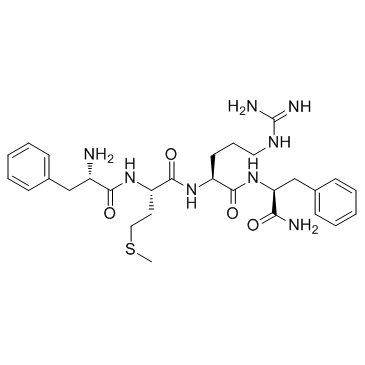FMRF-amide immunoreactivity pattern in the planula and colony of the hydroid Gonothyraea loveni.
Tatiana Mayorova, Igor Kosevich
文献索引:Zoology (Jena.) 116(1) , 9-19, (2013)
全文:HTML全文
摘要
Gonothyraea loveni (Allman, 1859) is a colonial thecate hydrozoan with a life cycle that lacks a free-swimming medusa stage. The development from zygote to planula occurs within meconidia attached to the female colony. The planula metamorphosis results in the formation of a primary hydranth. The colony then grows by development of new colony elements. In the present work, we studied the temporal pattern of the formation of FMRF-amide-positive cells during embryogenesis, in larvae and during early colony ontogeny. FMRF-amide-positive cells appear in the planula only after its maturation. However, they disappear after planula settlement. For the first time, we show that neural cells are present in the coenosarc of the hydroid colony. We also trace the process of neural net formation during the development of a new shoot internode of the G. loveni colony.Copyright © 2012 Elsevier GmbH. All rights reserved.
相关化合物
| 结构式 | 名称/CAS号 | 分子式 | 全部文献 |
|---|---|---|---|
 |
Phe-Met-Arg-Phe,酰胺
CAS:64190-70-1 |
C29H42N8O4S |
|
Persistent long-term facilitation at an identified synapse b...
2014-04-02 [J. Neurosci. 34(14) , 4776-85, (2014)] |
|
Some aspects of the immunolocalization of FMRFamide in the n...
2012-01-01 [Acta Biol. Hung. 63 Suppl 2 , 83-7, (2012)] |
|
Seven up acts as a temporal factor during two different stag...
2011-12-01 [Development 138(24) , 5311-20, (2011)] |
|
Novel insights into the echinoderm nervous system from hista...
2012-01-01 [PLoS ONE 7(9) , e44220, (2012)] |
|
Targeting a neuropeptide to discrete regions of the motor ar...
2012-06-15 [J. Exp. Biol. 215(Pt 12) , 2108-16, (2012)] |